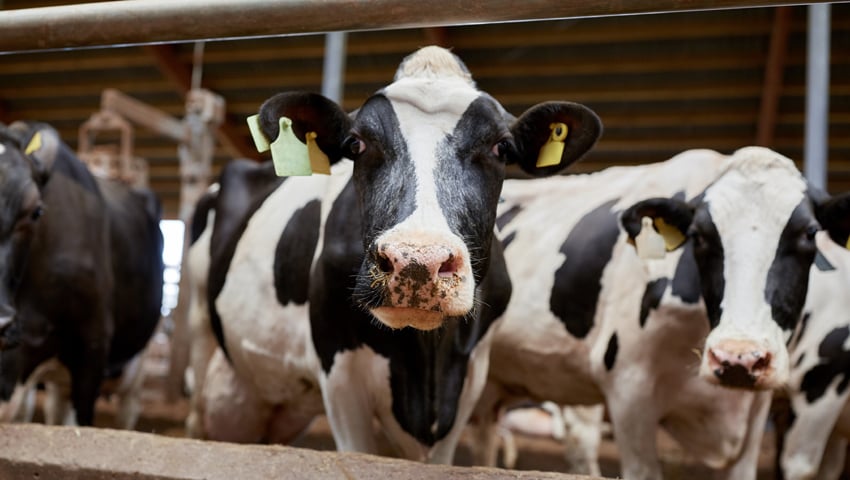The US Department of Agriculture (USDA) Animal and Plant Health Inspection Service (APHIS) has confirmed the detection of highly pathogenic avian influenza (HPAI) in a dairy herd in New Mexico, as well as 5 additional dairy herds in Texas.
APHIS said on Friday March 29 that its National Veterinary Services Laboratories (NVSL) in Ames, Iowa, was working to confirm presumptive positive test results from New Mexico, Texas and Idaho herds.
This marks the first known case of HPAI in cattle in New Mexico, and adds to the two detections in Texas that were first announced on Monday, March 25.
To date, USDA has confirmed the detection of HPAI in dairy herds in Texas (7) Kansas (2), Michigan (1), and New Mexico (1). The presumptive positive test results for the Idaho herd are still pending analysis at NVSL.
There continues to be no concern that this circumstance poses a risk to public health, or that it affects the safety of the commercial milk supply because products are pasteurised before entering the market.
Dairies are required to send only milk from healthy animals into processing for human consumption; milk from impacted animals is being diverted from the commercial milk tank or destroyed so that it does not enter the human food supply.
In addition, pasteurisation has continually proven to inactivate bacteria and viruses, like influenza, in milk. Pasteurisation is required for any milk entering interstate commerce for human consumption. FDA’s longstanding position is that unpasteurised, raw milk can harbor dangerous microorganisms that can pose serious health risks to consumers, and FDA is reminding consumers of the risks associated with raw milk consumption in light of the HPAI detections.
Milk loss resulting from symptomatic cattle to date is too limited to have a major impact on US milk supply and there should be no impact on the price of milk or other dairy products. Further, the US typically has a more than sufficient milk supply in the spring months due to seasonally higher production.
Highly Pathogenic Avian Influenza, also known as avian flu or bird flu, is a disease caused by infection with avian Type A viruses. This virus is spread naturally among wild aquatic birds, but can infect other birds such as poultry or other animals. This virus is deadly to poultry, leading to high biosecurity measures with egg-laying or meat birds. While HPAI can infect humans, it is rare.
Symptoms that have been seen in dairy cattle include a drop in milk production, thickened or colostrum-like milk, appetite loss, manure inconsistencies, or a low-grade fever.
Infected cows often show symptoms for 7-10 days before recovering. About 10% of cows do not recover fully and return to previous milk production, mainly those with the most severe symptoms. Those with severe symptoms have also been seen to develop secondary infections, such as mastitis, pneumonia, or salmonella. Most animals infected are cows in their second or greater lactation, in mid to late lactation.
American Veterinary Medical Association President Dr. Rena Carlson said, “The first detection of HPAI in dairy cattle in Texas and Kansas underscores the importance of adherence to biosecurity measures, vigilance in monitoring for disease, and immediately involving your veterinarian when something seems ‘off’.”
